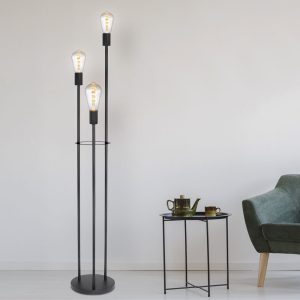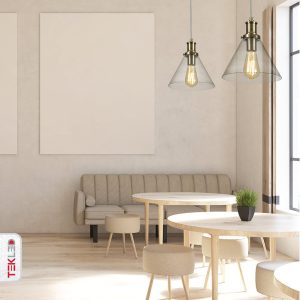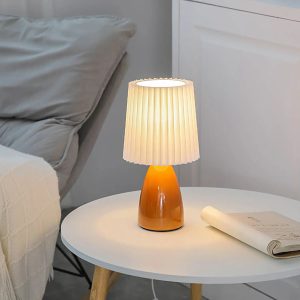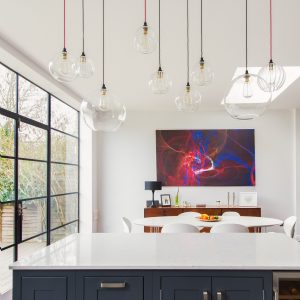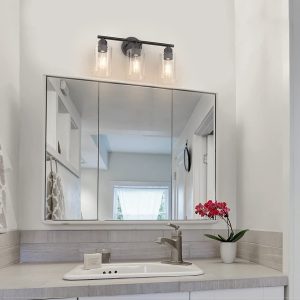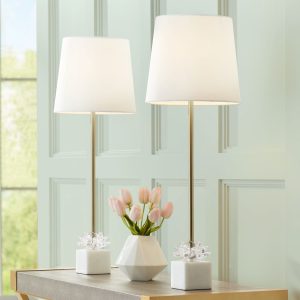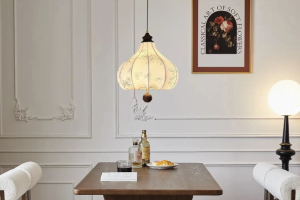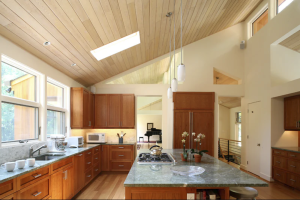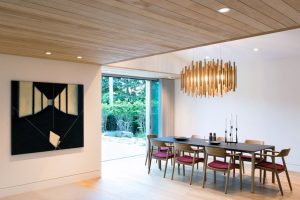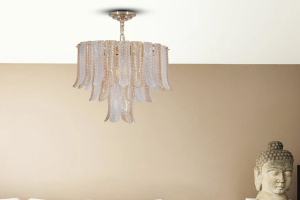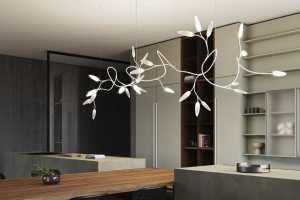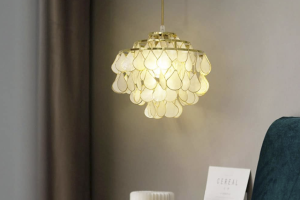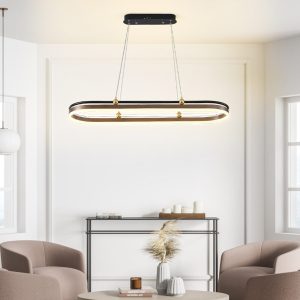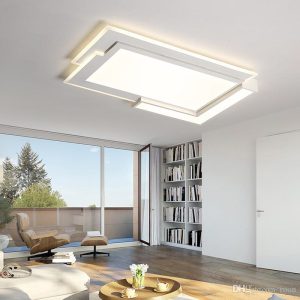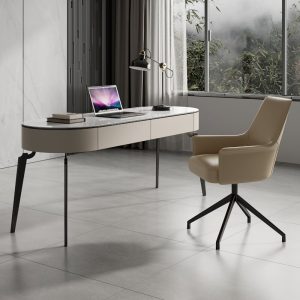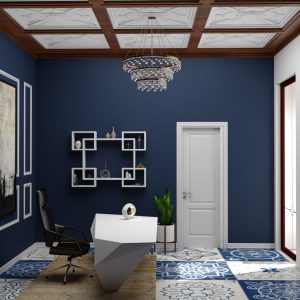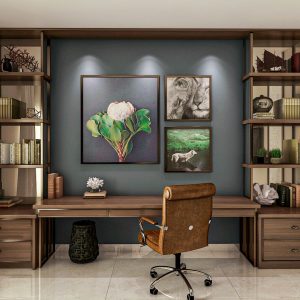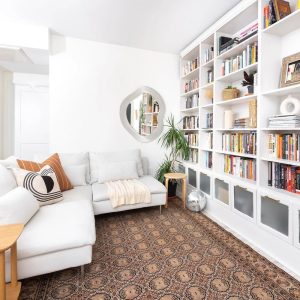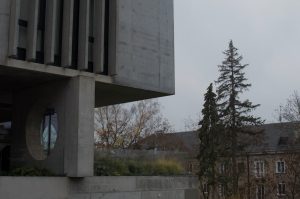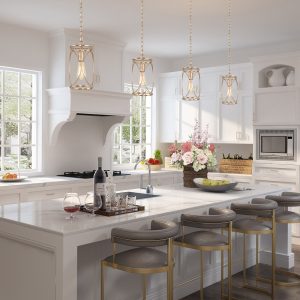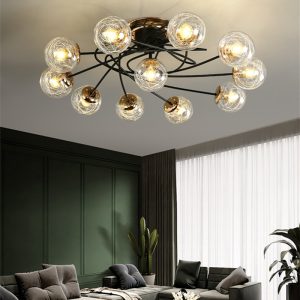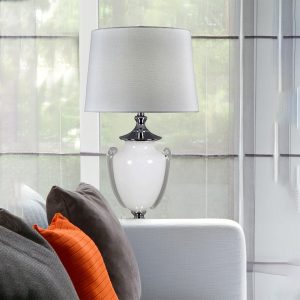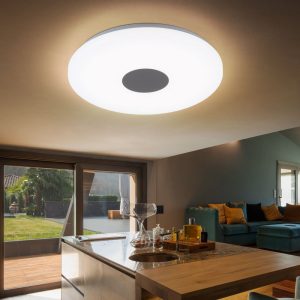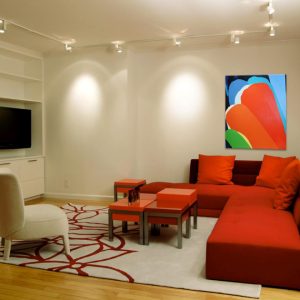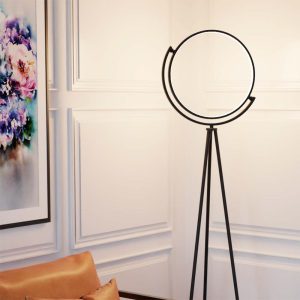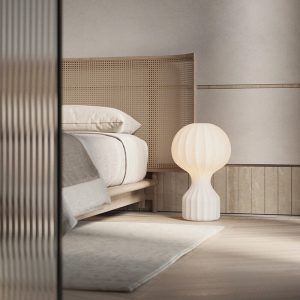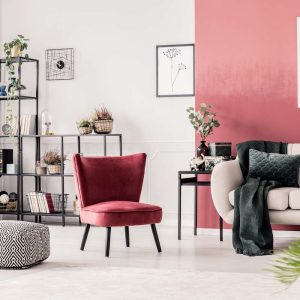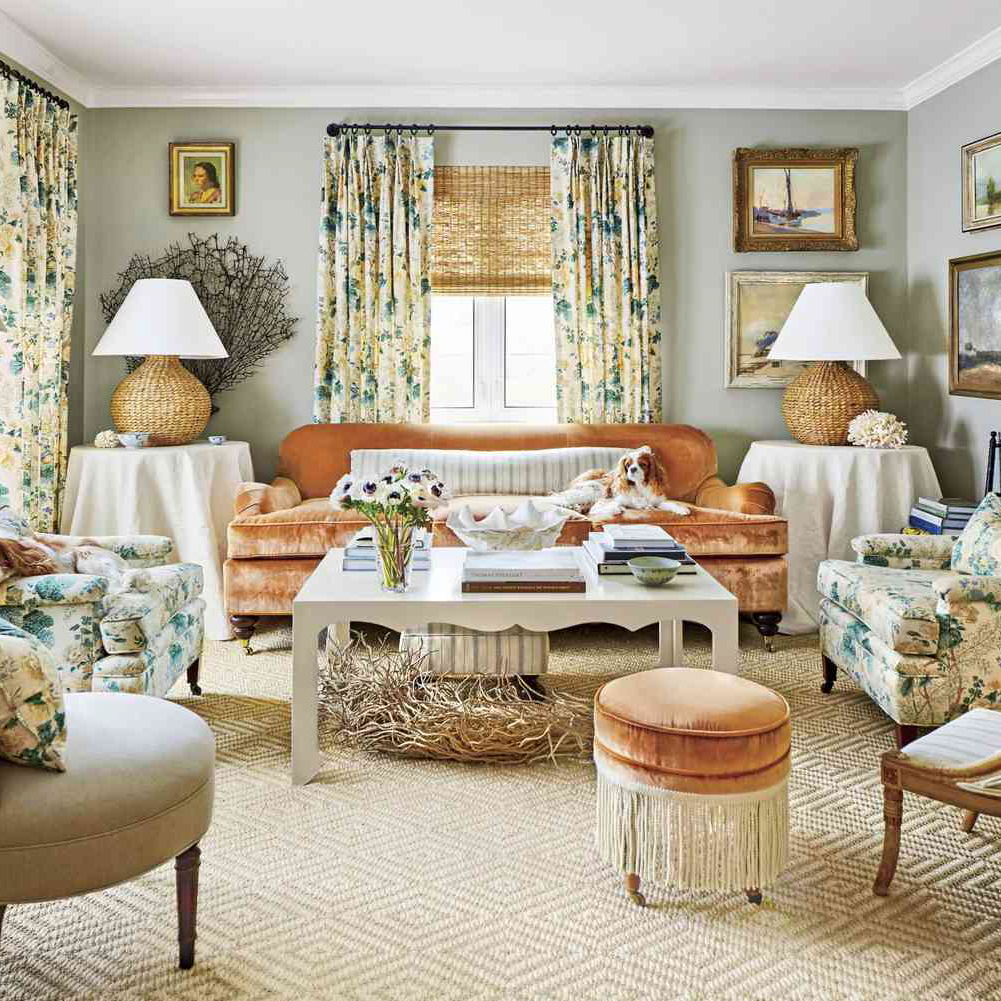
An Introduction to Bauhaus Style and Its Influence on Lighting Design
Bauhaus style originated in Germany in the early 20th century, with a focus on integrating art, design, and technology. The Bauhaus school sought to bring together craftspeople, architects, and artists, with a goal of creating functional, efficient, and beautiful objects that could be mass-produced. This philosophy, known as “form follows function,” has strongly influenced modern design, including lighting design.
Bauhaus-style lighting is characterized by clean lines, geometric shapes, and a minimalist aesthetic. These designs incorporate a range of materials, including metal, glass, and plastic, and are typically finished in neutral colors such as black, white, and gray. Bauhaus style lighting is often used to create a strong focal point in a room, and can be used to complement a contemporary or modern decor.
H3. Key Features of Bauhaus Style Lighting
There are several key features that define Bauhaus style lighting. These include:
- Minimalist design: Bauhaus lighting is characterized by simplicity, with clean lines and geometric shapes.
- Functionality: The designs prioritize function over form, and are typically engineered for efficiency and practicality.
- Neutral colors: The color palette of Bauhaus lighting is typically limited to black, white, and gray, to create a cohesive and unified look.
- Metal finishes: Bauhaus designs often feature metal finishes, such as polished chrome or brushed steel, to create a sleek and modern look.
- Efficient lighting: Bauhaus lighting is designed to be energy-efficient and to cast a bright, even light to highlight the form and function of the fixture.
H3. Examples of Bauhaus-inspired Lighting Fixtures
There are a variety of Bauhaus-inspired lighting fixtures on the market today, designed to suit a range of styles and budgets. Here are a few examples:
The Sputnik Chandelier:
This iconic lighting fixture was first designed in the 1950s and remains popular today. Its unique design features multiple arms, each with a bulb, creating a starburst effect. It is typically finished in metal, with either a polished or matte surface.
Artemide Tolomeo Desk Lamp:
Designed in the 1980s, this lamp features a sleek, aluminum frame and a cantilevered arm that allows the lampshade to be positioned at various angles. It casts a bright, even light, making it a popular choice for home offices.
The PH 5 Pendant Lamp:
Designed in the 1950s by Danish architect Poul Henningsen, this fixture features multiple shades that work together to create a warm, diffused light. Its design is a prime example of form and function working together to create a beautiful and practical object.
H2. Tips for Incorporating Bauhaus Style Lighting into Your Home
Here are few tips for incorporating Bauhaus-style lighting into your home decor:
- Choose fixtures with clean lines and geometric shapes to create a minimalist look.
- Use metal finishes, such as polished chrome or brushed steel, to create a sleek and modern look.
- Consider adding multiple fixtures to create a statement piece, such as a cluster of pendant lights or a large chandelier.
- Choose neutral colors, such as black, white, and gray, to create a cohesive and unified look.
With its focus on form and function, Bauhaus style lighting continues to be a popular choice for households and commercial spaces alike. Whether you choose an iconic design or a more contemporary take on the style, the result is sure to be a fixture that both illuminates and inspires.

